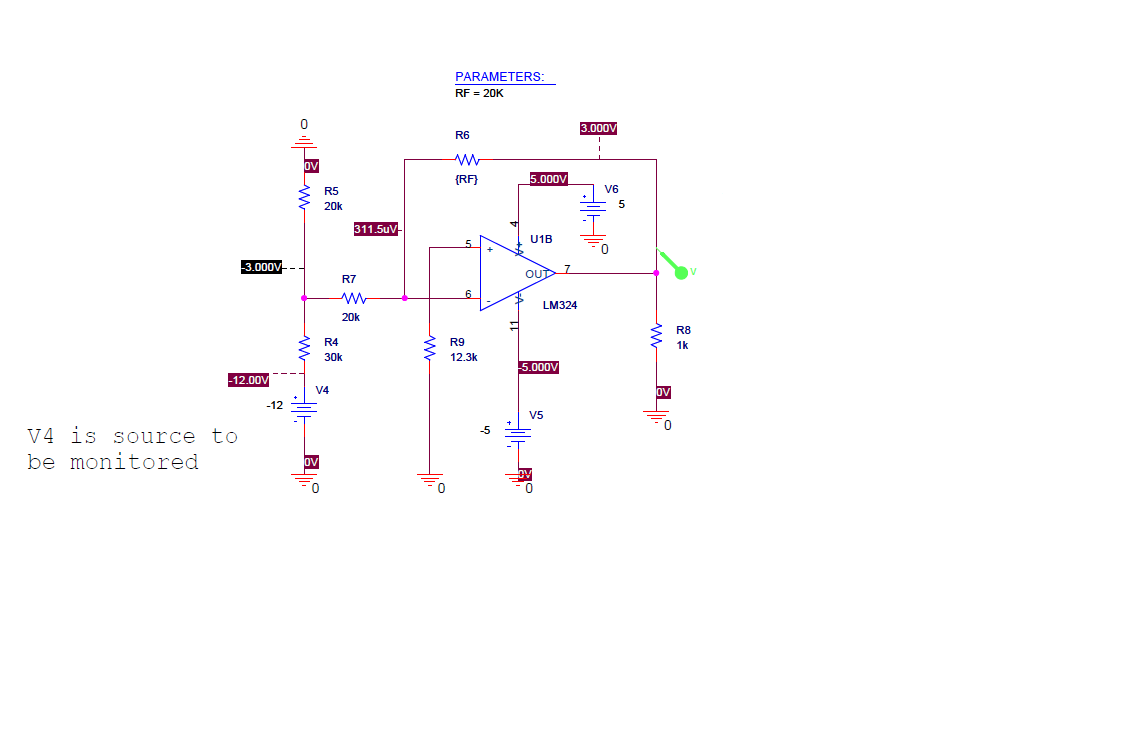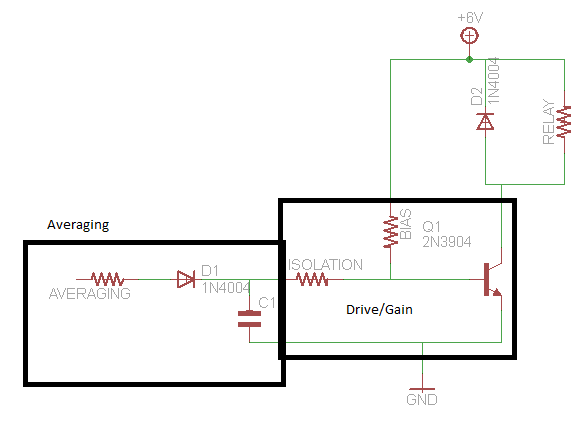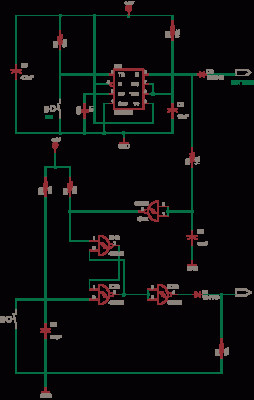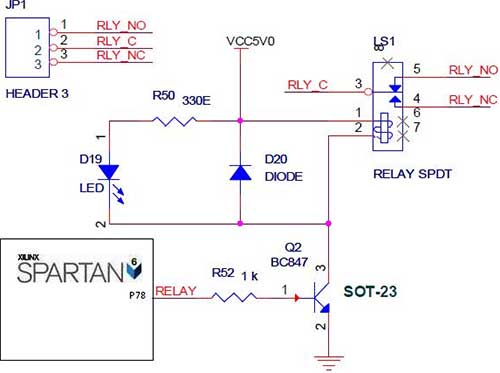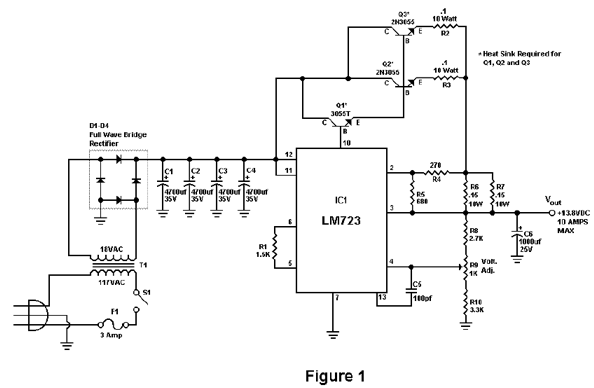
DC relay circuits to delay the release of a second
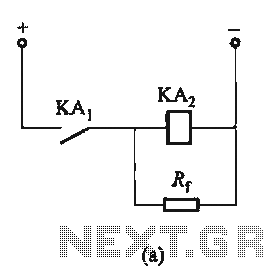
The circuit depicted in Figure 6-24 includes a relay coil with both ends connected in parallel to either a resistor Rf or an auxiliary diode VD. This configuration is equivalent to providing power after a short circuit, which increases the coil core, resulting in an extended release time. In Figure 6-24(b), the resistor Rf is not present.
The relay circuit described involves a relay coil that is critical for controlling larger loads with a smaller control signal. The inclusion of a resistor (Rf) or an auxiliary diode (VD) serves to manage the current flow and protect the circuit from back EMF generated when the relay is deactivated. When the relay coil is energized, the magnetic field builds up, allowing the relay contacts to close and complete the circuit for the load.
If a resistor Rf is used in parallel with the coil, it provides a path for the current to continue flowing even after the control signal is removed, thereby prolonging the magnetic field and allowing for a slower release of the relay contacts. This can be beneficial in applications where a quick drop in power could cause issues, such as in motor control or in systems requiring a gradual disengagement.
On the other hand, when an auxiliary diode (VD) is employed, it serves as a flyback diode. This diode allows the current generated by the collapsing magnetic field to safely dissipate, protecting the circuit components from voltage spikes that could otherwise cause damage. The absence of Rf in Figure 6-24(b) indicates a direct connection of the relay coil to the control signal, which may result in a more immediate release of the relay contacts when the control signal is removed.
In summary, the choice between using a resistor or a diode in parallel with a relay coil significantly influences the behavior of the relay in terms of release time and circuit protection. Proper selection based on the specific application requirements is essential for reliable circuit operation.Circuit shown in Figure 6-24. Both ends of the relay coil ' in parallel with a resistor Rf or auxiliary diode VD, is equivalent to power after a short circuit coil core increase, thus making prolonged release. Figure 6-24 (b) of Rf can not.
The relay circuit described involves a relay coil that is critical for controlling larger loads with a smaller control signal. The inclusion of a resistor (Rf) or an auxiliary diode (VD) serves to manage the current flow and protect the circuit from back EMF generated when the relay is deactivated. When the relay coil is energized, the magnetic field builds up, allowing the relay contacts to close and complete the circuit for the load.
If a resistor Rf is used in parallel with the coil, it provides a path for the current to continue flowing even after the control signal is removed, thereby prolonging the magnetic field and allowing for a slower release of the relay contacts. This can be beneficial in applications where a quick drop in power could cause issues, such as in motor control or in systems requiring a gradual disengagement.
On the other hand, when an auxiliary diode (VD) is employed, it serves as a flyback diode. This diode allows the current generated by the collapsing magnetic field to safely dissipate, protecting the circuit components from voltage spikes that could otherwise cause damage. The absence of Rf in Figure 6-24(b) indicates a direct connection of the relay coil to the control signal, which may result in a more immediate release of the relay contacts when the control signal is removed.
In summary, the choice between using a resistor or a diode in parallel with a relay coil significantly influences the behavior of the relay in terms of release time and circuit protection. Proper selection based on the specific application requirements is essential for reliable circuit operation.Circuit shown in Figure 6-24. Both ends of the relay coil ' in parallel with a resistor Rf or auxiliary diode VD, is equivalent to power after a short circuit coil core increase, thus making prolonged release. Figure 6-24 (b) of Rf can not.
